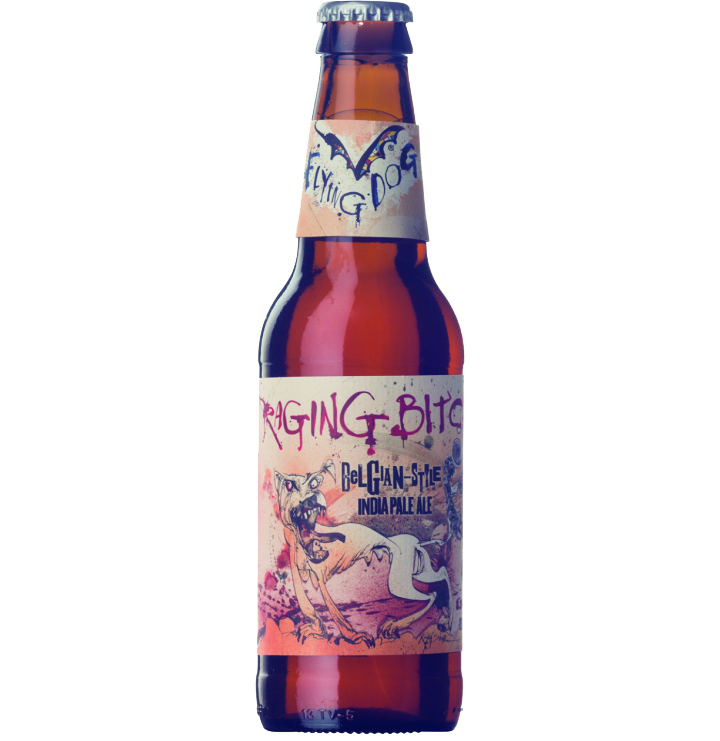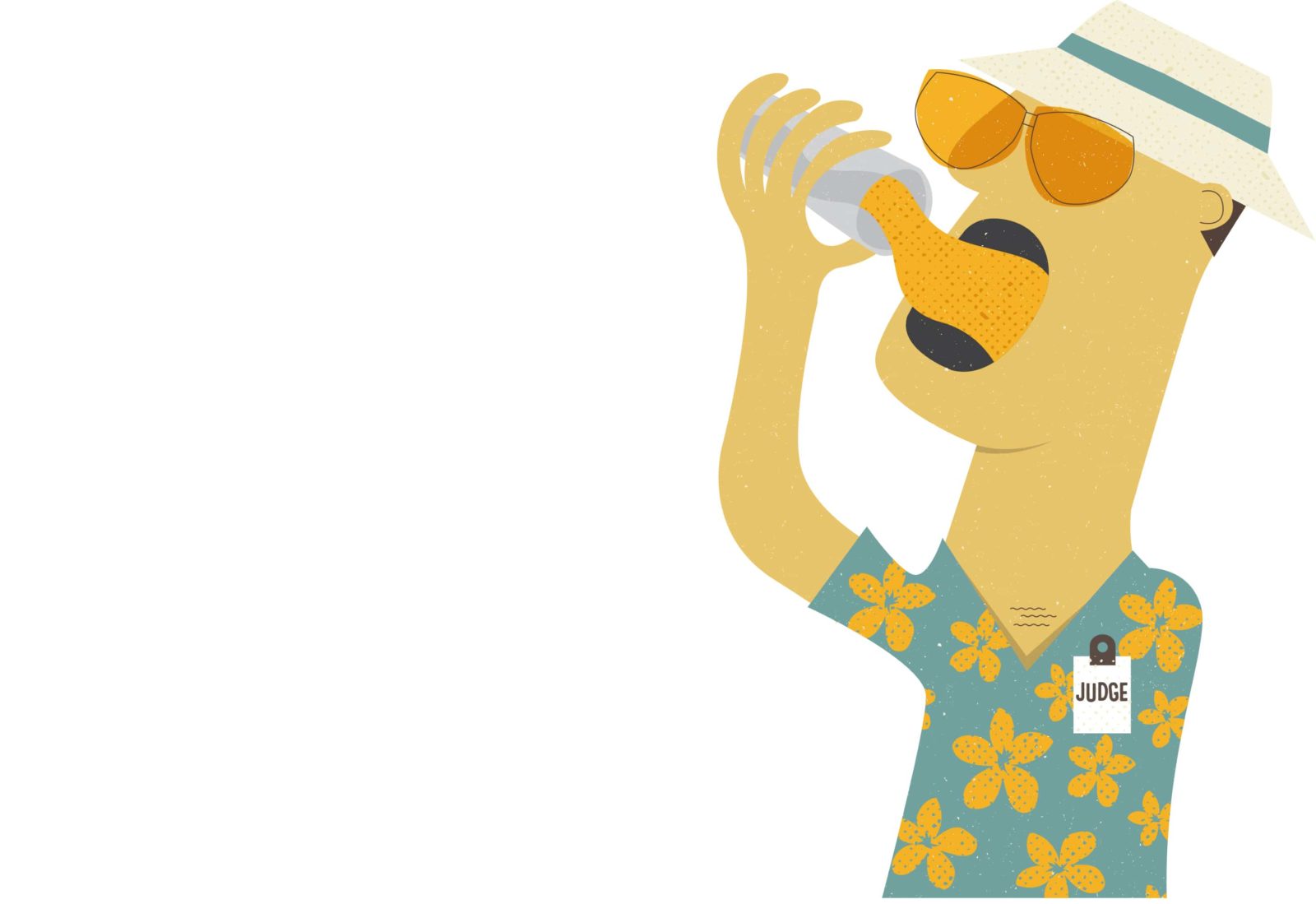Dave Maxwell began collecting beer cans 40 years ago. He was only 11. Eventually, his collection grew to encompass more than 4,500 cans and bottles.
He’s since culled his collection down to about 1,500. But this is small potatoes compared to some other collections, he says.
He knows of at least one collector in B.C. who, at one time, had 15,000-plus cans.
“The biggest collection I’ve ever seen on display was in Arizona, about 10,000 cans. And that was utterly nuts.”
Maxwell, who teaches archaeology at Simon Fraser University, says he’s always been fascinated by “ancient and not-so-ancient history.” A pre-teen interest in bottle caps led to beer cans and bottles.
Over the years, his interest in beer cans has grown to include other aspects of “breweriana,” as collectors call it, such as trays and signs. “I never tried to collect trays, but I have 30 or 40 of them. It just kind of accumulates. I’m an accumulator.”
Most of the cans are empty. His oldest full can is from 1938, a Humboldt Extra Pale from Northern California.
He, and most collectors, collect cans, not bottles.
“It’s because of space, primarily,” he says. “And bottles break. If there’s a tremor or you bump into a shelf, bottles fall to the floor. They smash and they’re dangerous. Most people I know start off collecting everything and eliminate most if not all of their bottles.”
Steel cans are more sought-after than aluminum cans, which Canadian breweries switched to in 1984.
“I would say 95 per cent of what I have are steel,” he said. “There are a few aluminum cans I have hung onto. Canada experimented with them in the East in 1967 or so, and there are about 20 really hard-to-find Canadian aluminum cans from that era. I’ve kept those and a handful of other ones. More out of curiosity and labels I happen to like.”
Cans came to Eastern Canada earlier than the West, which didn’t make the formatting switch from bottles until the late 1960s. And no collector worth his hops cares about stubbies.
“Nobody wants these things, even if they’re rare,” Maxwell said. “I don’t know anybody who still collects stubbies. The old long-necked bottles from the pre-stubbie days, some people still collect them.”
Many collectors value graphic appeal over rarity, although some extremely rare cans sell for big bucks.
“There are a couple that sold for six figures in the U.S. recently,” he noted. “But, generally speaking, really rare label designs aren’t that well known and they may not bring in anywhere near as much money as one that looks nice.”
The most he’s ever paid for a can is $200 for an O’Keefe’s Old Vienna can from Montreal from the late 1950s, “in absolutely perfect condition.” He estimates his own collection at somewhere in the neighbourhood of $5,000-7,500.
Maxwell doesn’t do much collecting anymore, but while he’s travelling he will pop his head into what he calls “junkie-looking antique stores.”
“I find something in about one out of every 20 stores. With the Internet, most people know what they are worth.”
Meanwhile, the number of collectors is shrinking. Maxwell was 14 when he joined the association now known as the Brewery Collectibles Club of America (formerly the Beer Can Collectors of America, founded in 1970). Then, he said, there were over 10,000 active members. Now, he says that there are just a few thousand.
“There are very few young collectors at this point,” he said. “Part of that is because it was a big fad in the ’70s I think part of the lack of collectors today is that the aluminum cans don’t have the graphics. The paint isn’t as nice as the old steel cans. And that doesn’t appeal to as many collectors.”
And then there’s the issue of space.
In 2013, he decided it was time to get rid of more than two-thirds of his collection of beer cans.
“I got rid of basically my post-1984 Canadian collection, other than maybe a six-pack and odds and ends that I kept, primarily for space,” he said.
Was it hard to part with three-quarters of the collection he’d built up over decades?
“Actually, not nearly as hard as I thought it would be. My wife asked, ‘Are you going to sell these on eBay?’ I said, ‘You want me to spend four years trying to sell them on eBay?’”
Instead, he took them to the bottle depot and got back a dime apiece.
“My wife asked if I was okay. And I said, ‘Actually, I feel liberated. I don’t have the tyranny of keeping these things organized anymore. I don’t have to worry, ‘Do I have that Labatt can? No, I don’t have that Labatt can. I have 159 Labatt cans instead of 160.’ I couldn’t deal with that anymore. It was refreshing to get rid of most of those.”







